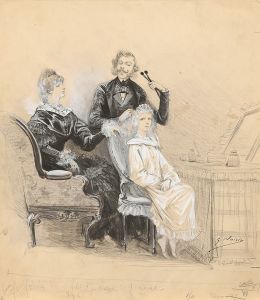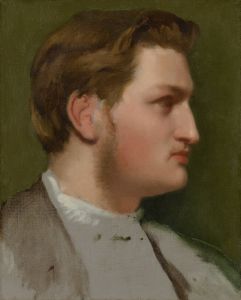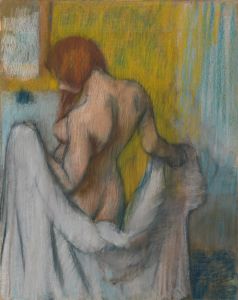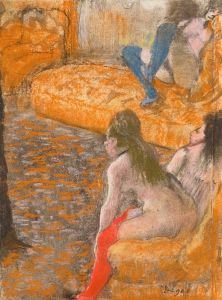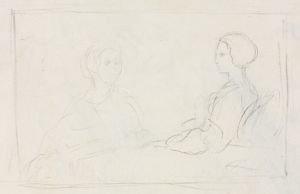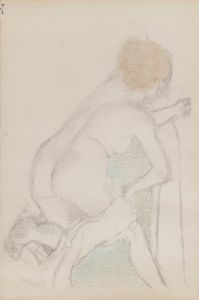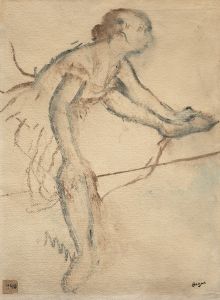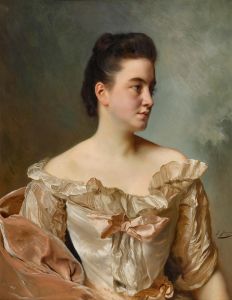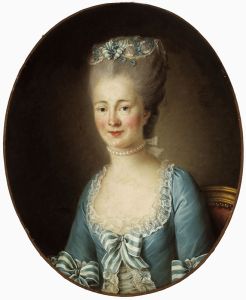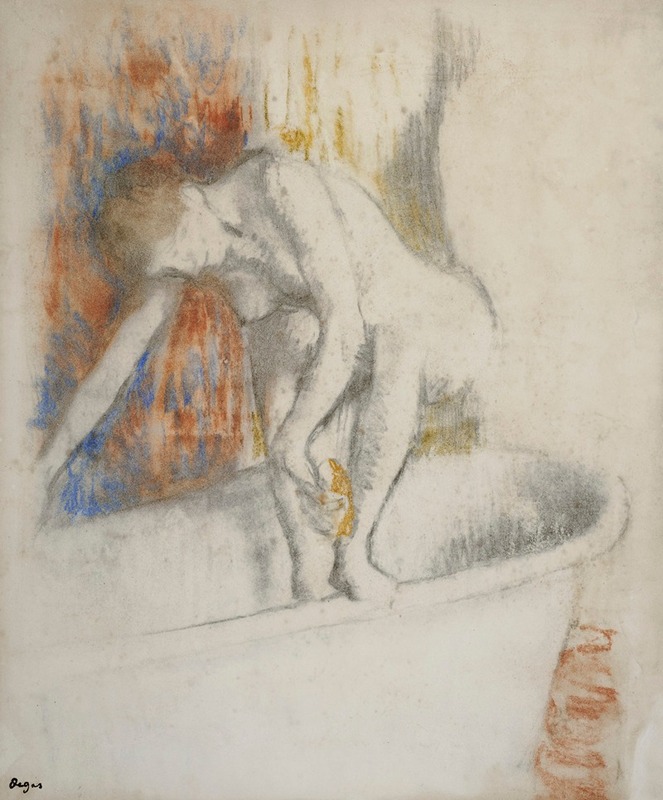
Après le bain
A hand-painted replica of Edgar Degas’s masterpiece Après le bain, meticulously crafted by professional artists to capture the true essence of the original. Each piece is created with museum-quality canvas and rare mineral pigments, carefully painted by experienced artists with delicate brushstrokes and rich, layered colors to perfectly recreate the texture of the original artwork. Unlike machine-printed reproductions, this hand-painted version brings the painting to life, infused with the artist’s emotions and skill in every stroke. Whether for personal collection or home decoration, it instantly elevates the artistic atmosphere of any space.
Après le bain (translated as After the Bath) is a recurring theme in the works of French artist Edgar Degas (1834–1917), a prominent figure associated with the Impressionist movement. Degas is renowned for his depictions of modern life, particularly his studies of the human form in motion and at rest. The Après le bain series, created in various mediums such as oil, pastel, and charcoal, focuses on intimate, private moments of women bathing, drying themselves, or arranging their hair. These works are celebrated for their innovative compositions, attention to detail, and exploration of light and texture.
Degas began exploring the theme of women at their toilette in the 1870s and continued to refine it throughout his career. The Après le bain works are notable for their candid and unidealized portrayal of the female body. Rather than adhering to traditional notions of beauty or classical poses, Degas depicted his subjects in natural, often awkward positions, emphasizing the realism of everyday life. This approach was groundbreaking at the time and reflected his interest in capturing fleeting, spontaneous moments.
One of the defining characteristics of Degas's Après le bain series is his use of unusual perspectives and cropping, influenced by Japanese ukiyo-e prints and photography. These techniques allowed him to create dynamic compositions that draw the viewer's eye to specific details while maintaining a sense of intimacy. The artist often employed a muted color palette, with soft tones and subtle contrasts, to evoke the quiet, private atmosphere of the scenes.
Degas's preferred medium for many of these works was pastel, which he used to great effect in rendering the textures of skin, fabric, and water. His mastery of this medium is evident in the delicate transitions of light and shadow, as well as the tactile quality of the surfaces. In some cases, he combined pastels with other materials, such as charcoal or gouache, to achieve a richer visual effect.
The Après le bain series has been interpreted as a reflection of Degas's interest in the human form and his desire to capture the essence of modern life. While some critics have praised the works for their technical brilliance and innovative approach, others have debated their portrayal of women, questioning whether the intimate nature of the scenes objectifies the subjects or celebrates their individuality.
Several notable examples of Après le bain are housed in major art institutions, including the Musée d'Orsay in Paris and the Metropolitan Museum of Art in New York. These works continue to be studied and admired for their artistic significance and their contribution to the evolution of modern art.







